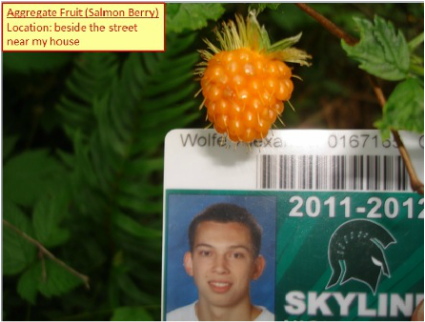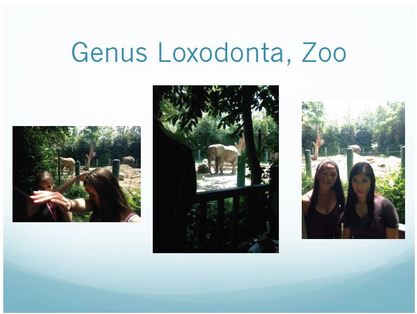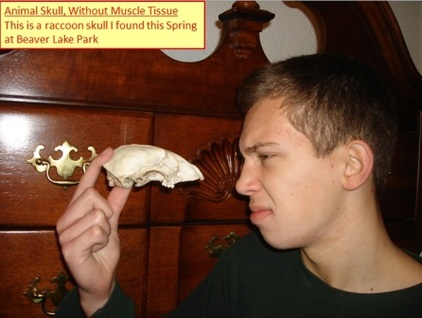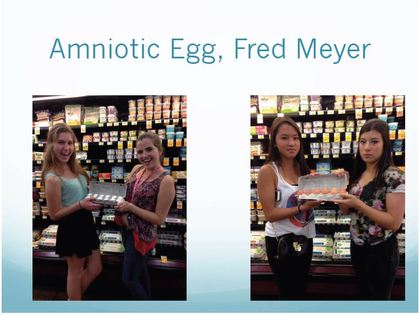Biology Scavenger Hunt
Are you in IB Biology I? Do you want to explore nature and the biology of the Puget Sound region while earning some "Above and Beyond" credit? Go on a biology scavenger hunt for these items (pdf)! For each item or place you visit, take a picture of YOU holding the item or visiting the location. Then, organize the photo results of your scavenger hunt in either a Google Slides or PowerPoint presentation. When designing your photo presentation, please include:
To submit your scavenger hunt, create a digital folder (i.e. Google Drive or OneDrive). Share the folder with your teacher and send a link to the folder via email. The scavenger hunt slides are scored once per semester, before the day of the final exam. There are no minimum or maximum items you can submit, however you may not submit pictures of the same item more than once.
For example:
- your face or ID card in each photo
- the title of the item from the scavenger hunt list
- the location that the photograph was taken
To submit your scavenger hunt, create a digital folder (i.e. Google Drive or OneDrive). Share the folder with your teacher and send a link to the folder via email. The scavenger hunt slides are scored once per semester, before the day of the final exam. There are no minimum or maximum items you can submit, however you may not submit pictures of the same item more than once.
For example:
A list of potential places to visit during the scavenger hunt is provided below. It is recommended that you visit the website for each location before you go. You just might get an idea of some of the items from the scavenger hunt list that you will be able to find at that location! Visiting one place may allow you to “check off” and earn points for multiple items on the list!
The following rules apply to the Scavenger Hunt and should be followed throughout the collecting:
- Please take care in NOT DAMAGING any habitats as you collect or visit.
- Plants that have red spots or red areas on the stem or leaf may be poisonous - DO NOT TOUCH!
- Collect specimens carefully. Do not remove any item from the habitat in which it is found. That means you must take your picture in the field, not bring the item home with you to photograph. However, some items may be found in your home, in which case it is OK to photograph them there.
- A photograph of you with an item from the list can only count once. For example, if you take a picture with a mushroom, that picture can be used for either MUSHROOM or FUNGUS, but not both.
- When photographing, you may want to keep a written index of what items are shown in which photograph for later reference.
- Do your research beforehand -- use your book, internet or library references to determine what the specimen is and where to find it!
- You may work with friends and other IB Biology students. You will each need to turn in your own scavenger hunt projects for individual credit.
- Get started right away and have FUN!!



